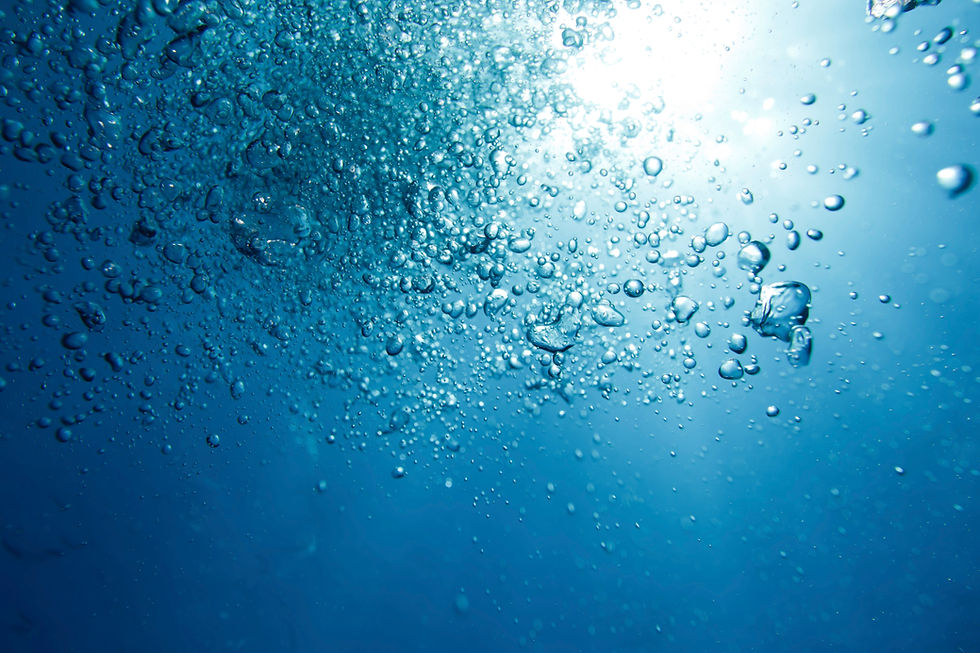Yeast Fermentation: Nature, Brewing & Food
- Sylvia Rose

- Feb 10
- 5 min read
Updated: Feb 14
Yeast fermentation is a natural process. It transforms simple sugars into energy, producing alcohol and carbon dioxide as byproducts. This biochemical reaction is vital to ecosystems and human activities.

About Yeast Fermentation
Yeast are powerhouses of fermentation, a process at the heart of natural phenomena, culinary marvels and industry. Fermentation is a system of enzyme action and amazing feats of production.
Yeast fermentation is primarily an anaerobic process, occurring without oxygen. Yeast cells such as Saccharomyces cerevisiae consume sugars and turn them into energy through a series of metabolic pathways.
Byproducts are ethanol or ethyl alcohol and carbon dioxide (CO2). While humans produce lactic acid during anaerobic exercise, yeast produce ethanol (alcohol) and carbon dioxide as fermentation byproducts.

Fermentation process happens in three main steps:
Glycolysis: It begins with the breakdown of glucose into pyruvate. This happens in the cytoplasm of the yeast cell and generates a small amount of ATP (adenosine triphosphate), essential energy for the cell.
Alcoholic Fermentation: When there's no oxygen available, pyruvate enters fermentation. Here, it transforms into ethanol and carbon dioxide in the yeast’s mitochondria. This step is essential for regenerating NAD+ (nicotinamide adenine dinucleotide), necessary for glycolysis to continue.

Production of Byproducts: In addition to ethanol and carbon dioxide, yeast fermentation also creates esters, higher alcohols, and organic acids. These byproducts significantly contribute to the diverse flavors found in drinks like beer and wine.
In nature, yeast fermentation is important to the decomposition of organic matter. Yeast appears on ripe or rotting fruit to dine on sugars, producing ethanol and carbon dioxide.

This process contributes to the breakdown of the fruit, enriching the soil and providing nutrients for other organisms. Ethanol produced during fermentation may inhibit growth of competing microorganisms.
Often, however, it's slurped up by acetic acid bacteria like Acetobacter, who have a strong friendship with yeast. Vintners want to discourage this because it turns the booze to vinegar.

In artisan vinegar making the best results come from first fermenting with yeast, then allowing aerobic acetic acid bacteria, naturally present, to take over. Specialty vinegars like raspberry and apple cider are made this way.
In nature it allows yeasts to carry on feeding without being overwhelmed by their own alcohol. Yeast has a fairly low alcohol tolerance.
Acetic acid decomposes in the environment. Dissolved in water it breaks down to hydrogen and acetate, an important component for biosynthesis in nature.

Yeast fermentation has several ecological benefits:
Nutrient Recycling: Yeast helps decompose organic matter, returning vital nutrients to the soil and enriching the nutrient cycle.
Biodiversity: The byproducts from yeast fermentation support a diverse assortment of microorganisms, enhancing ecosystem health.
Fruit Ripening: Yeast fermentation accelerates sugar breakdown, helping fruits ripen, which attracts animals for seed dispersal or grape-pressing. It's thought wine is first made by the action of wild yeast on grape juice.

Brewing
Process in Brief:
Preparation: A sugary liquid, called wort in beer making, is prepared from grains, fruits, or other sources.
Inoculation: Yeast is introduced to the wort.
Fermentation: The yeast consumes the sugars, producing ethanol and carbon dioxide. Different strains of yeast produce different flavor profiles, leading to the vast variety of beers and wines we enjoy today.
Aging & Bottling: The fermented beverage is often aged to further develop flavors and then bottled or kegged. The carbon dioxide produced during fermentation contributes to the characteristic fizz in beer and sparkling wines.

Yeast type affects the beer's style and flavor. Brewing yeasts can be grouped into two categories:
Ale Yeasts (Top Fermenters): Saccharomyces cerevisiae ferments at warmer temperatures, producing beers with complex flavors. For instance, American pale ales get their fruity notes from these yeasts.
Lager Yeasts (Bottom Fermenters): Saccharomyces pastorianus ferments at cooler temperatures, leading to clean, crisp lagers. Light lagers are smooth and refreshing, making them popular worldwide.

Food
The carbon dioxide produced by yeast during fermentation makes bread rise, creating its light and airy texture. The alcohol largely evaporates during baking and the yeast dies over 60°C (140°F).
Yeast is also used in the production of certain cheeses, such as Canastra from Brazil and Pecarino Romano of Italy. It's used in making soy sauce.
Yeast also appears in some fermented vegetables. For instance it's active during the first stages of sauerkraut making.

Facts About Yeast Fermentation
Diverse Yeast Species: While Saccharomyces cerevisiae is the most recognized, over 1,500 different yeast species are known, some with massive numbers of strains. 9,000 S. cerevisiae strains and 4,800 S. pombe strains are listed at the Yeast Genetic Resource Center (YGRC).
Carbon Dioxide in Fermentation: The carbon dioxide generated can be used to carbonate beverages and even in greenhouses where it boosts plant growth.
Wild Fermentation: Some artisanal brewers and winemakers use local wild yeast strains to create distinct flavors and profiles. Favorite wild yeast species include Brettanomyces and Hanseniaspora.

Non-Fiction Books:
Fiction Books:
READ: Lora Ley Adventures - Germanic Mythology Fiction Series
READ: Reiker For Hire - Victorian Detective Murder Mysteries


